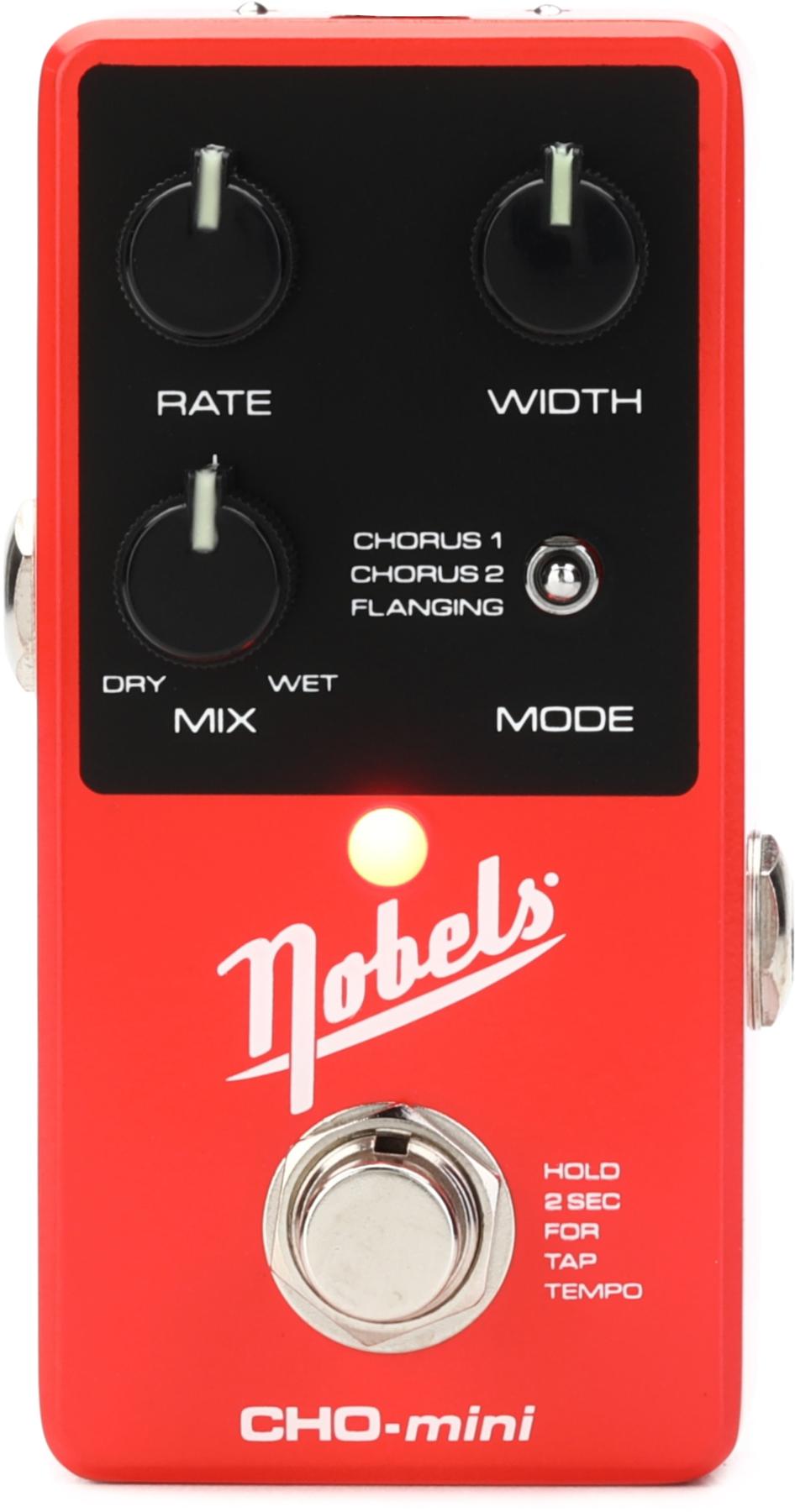Valeton is giving you the chance to WIN a GP-200 in today's I Love Pedals Giveaway! Ends Feb. 8 2022.
Valeton GP-200

Implementing the HD digital modeling technology accumulated throughout years of the Valeton team's diligent efforts, the GP-200 delivers hundreds of re-editions of tones from world-classic amplifiers and stompboxes with a comprehensive upgraded algorithm. Combining 140 legendary amplifiers and cabinets simulations and 100 renowned stompbox effect pedals, plus 20 factory cab IR slots, the GP-200 will guarantee your consistently great sound on stage.
Features:
● HD modeling technology carried by the new digital platform delivering more organic tones
● 24-bit 44.1kHz audio conversion
● Over 240 high-quality effects
● 140+ legendary guitar/bass/acoustic amps, cabinets
● 100+dynamic/distortion/frequency/modulation/delay/reverb effects
● Supporting 20 user IRs storage
● 256 patch slots (100 factory, 156user)
● Up to 11 freely movable modules in the effect chain able to work simultaneously
● 180-second looper
● 100 high-quality drum patterns
● Sensitive built-in chromatic tuner
● 4.3-inch TFT LCD presents an intuitive, user-friendly multi-language UI
● 8 customizable LED footswitches with 3 footswitches templates, applicable for various situations
● Built-in expression pedal controlling up to 3 effect parameters
● Numerous button and know shortcuts bringing efficiency home
● Diverse I/Os matching with diverse needs
● USB Type-C connection audio interface compatible with Win/Mac/iOS/Android systems
● Intuitive Win/Mac editor
● Rugged cast metal chassis
● DC 9V power supply


























